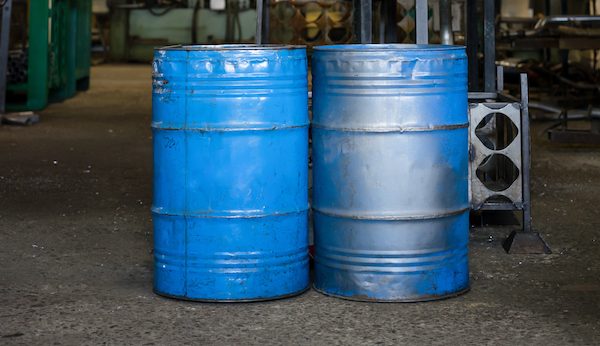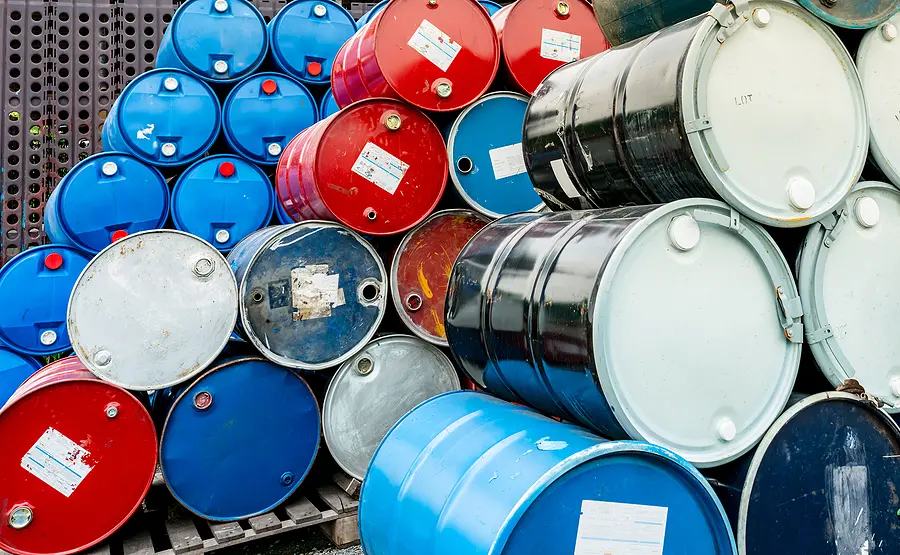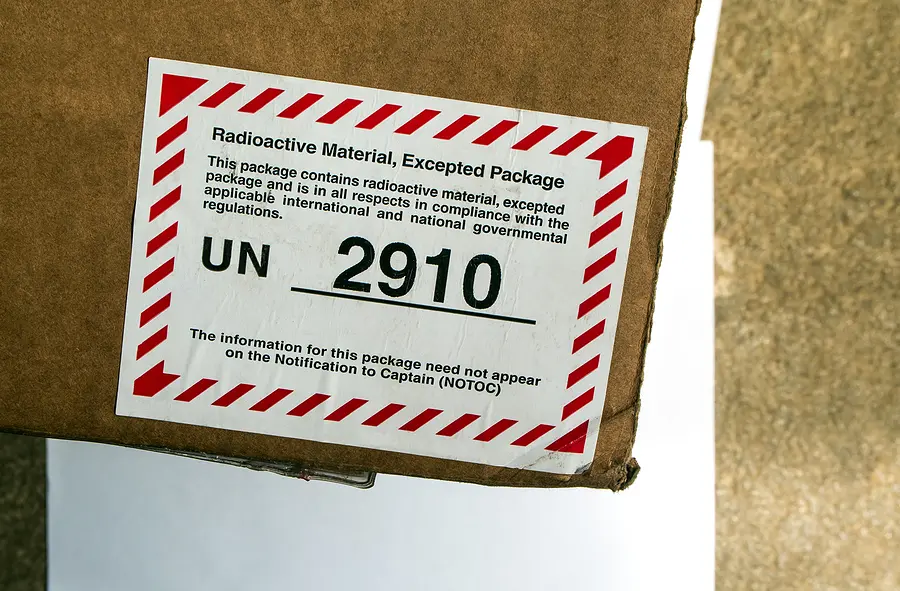UN Bulk Packaging Specifications

Often it is necessary to transport dangerous materials in bulk, but there are specific guidelines for how to properly pack and label these items to ensure they arrive at their destination undamaged. Materials that require United Nations (UN) bulk packaging specifications can cause harm to people or the environment if not handled correctly. But it’s not always possible to try to produce the materials where they are needed, so shipping has to happen.
What Is UN Bulk Packaging?

UN bulk packaging takes a variety of forms. It includes any packaging—with the exceptions of vessels and barges—in which hazardous materials are placed for transport. There is no intermediate containment, and the bulk packaging can even be a freight container or transport vehicle designed for the task.
Another type of bulk packaging uses intermediate containment. Large packaging may have one or multiple inner packaging. Packaging is also considered bulk depending on the quantity of the material. For example, a liquid receptacle that holds a maximum of 119 gallons is bulk packaging, but bulk packaging for a solid will have a net mass maximum of 882 pounds.
What Are the United Nations Bulk Packaging Specifications?
The UN’s packaging specifications are not uniform across the board—different materials must have different types of packaging. The amount of material and the class to which it belongs also factor into packaging. Additionally, The DOT sorts materials into one of three packing groups. Packing Group I is for substances that present the greatest danger, packing Group II is for substances at the intermediate level, and packing Group III regulates substances considered a low danger.
Preparing the Containers
Shippers must test each container before filling it with the material. Between each use, whoever is packing the material should clean and purge the container and check any seals and valves. Shipping cylinders undergo Cylinder Requalification every five years. Bulk packaging has to have the appropriate amount of cushioning and absorption material, as well as paperwork.
UN Bulk Packaging Labeling

The organization packing the material must label it to indicate what material is inside. The beginning of the marking always begins with the letters “UN.” This mark is followed by several numbers or letters, indicating:
- Type of packaging
- Materials and category
- Packaging group
- Specific gravity or maximum gross mass
- Hydrostatic test pressure for a liquid or gas, or an “S” for a Solid
- Country of manufacture
- Manufacture certifying code
The label’s design also provides highly visible clues that the material is hazardous. The lettering must be a certain size, and often the labels have bright colors depending on the material’s level of hazard. Additionally, observers should be able to detect from a distance that the bulk packaging contains hazardous materials.
Safely Dispose of Your Bulk Hazardous Materials with Medical Waste Pros
Handling hazardous material in bulk is an efficient way to transport it, but strict guidelines like the UN’s packaging specifications help ensure the safety and protection of the people handling the material and the environment. Medical Waste Pros is the source for all the medical waste disposal services you need. Call us at (888) 755-6370 or fill out the contact form to receive free quotes for medical waste disposal services.










